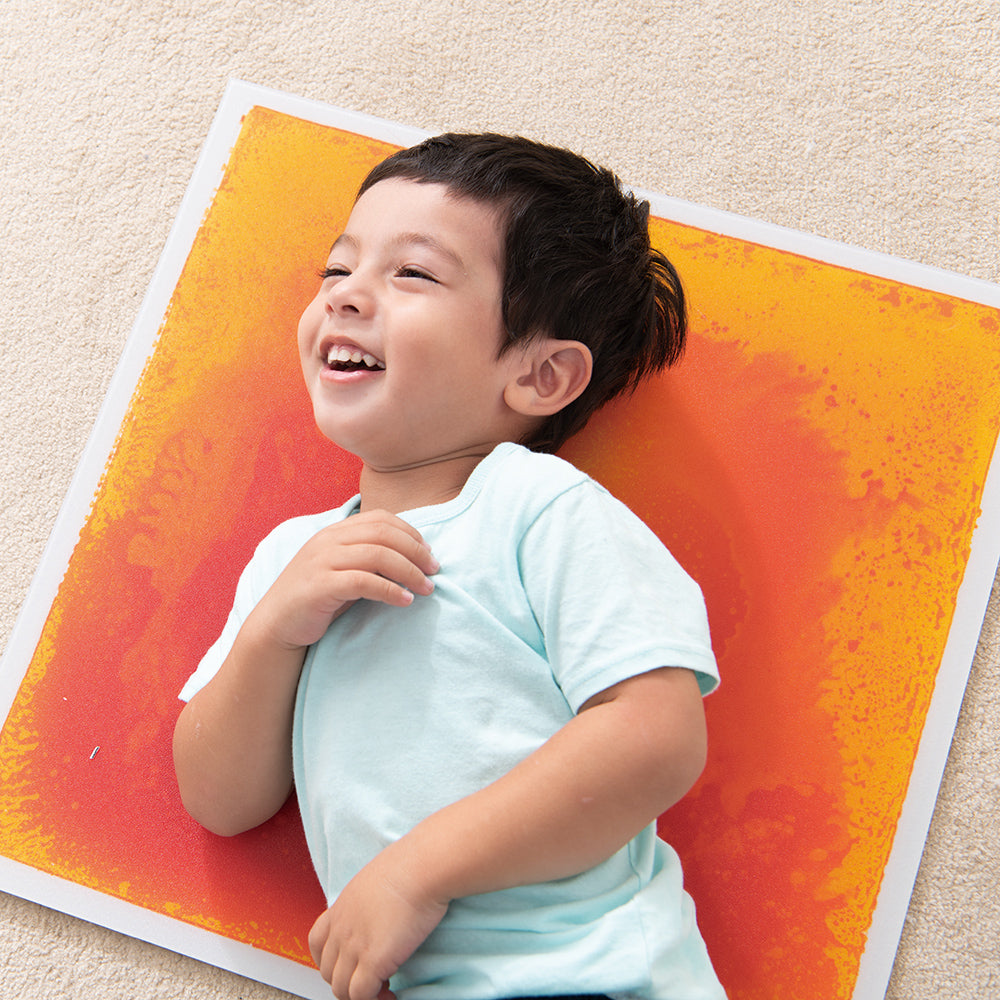May 19 , 2023
Make Sensory Boards for Autism Fun!
When it comes to raising a child with autism spectrum disorder (ASD), parents are continually looking for ways to assist their children explore and participate in meaningful ways with the world around them. That is why sensory boards can be such a useful tool for parents of autistic children. They not only allow children to utilize their senses creatively, but they also provide an opportunity for them to learn, play, and grow. Let's look at what sensory boards are and how to construct one for your child.
What exactly is a Sensory Board?
A sensory board is a board with numerous materials connected to it that produce varied tactile sensations when touched or controlled.These items may include:
- fabric
- fur,
- foam
- feathers
- interactive buttons
- bells
- light switches
- locks
- other elements that provide the user new textures every time they interact with them.
This board allows autistic youngsters to explore and engage their senses without leaving the comfort of their own home.
How Do I Create a Sensory Board?
It is actually fairly simple to create a sensory board!All you require is...
- some wood (or other similar material; if using plywood, certainly spend more for sanded plywood) in whatever form or size works best for your
- space some strong glue
- and the items you want to connect to it. The options are limitless!
You might use various fabrics or textiles such as fur or velvet, plastic objects such as buttons or coins, beads or marbles, small toys such as blocks or figurines, magnets, bells, feathers, and many other things!
Your child will have hours of fun exploring all the varied textures and shapes once everything is safely fastened to your board. It's much more enjoyable when you add sensory play into your therapist-recommended regimen.
What Are the Advantages of Using Sensory Boards?
Using sensory boards can provide several advantages for both children with ASD and their parents. Through the usage of these boards, children can learn how to better manage their emotions while using all five senses at the same time, which can be difficult for many persons on the autism spectrum owing to sensory sensitivities. Furthermore, by encouraging youngsters to move pieces about on the board in order to engage with them in novel ways, these boards stimulate creativity and assist improve fine motor skills. Finally, sensory boards allow parents to engage with their children by participating in this enjoyable activity together!
Conclusion
Sensory boards provide a fantastic opportunity for parents of autistic children to stimulate creativity while also assisting with emotional management and fine motor skill development. Plus, it's simple enough that anyone—even those with no DIY experience—can construct one at home! So, if you're searching for a fun yet informative activity to do with your child today, try creating a sensory board together and see how much fun you can have learning together!

